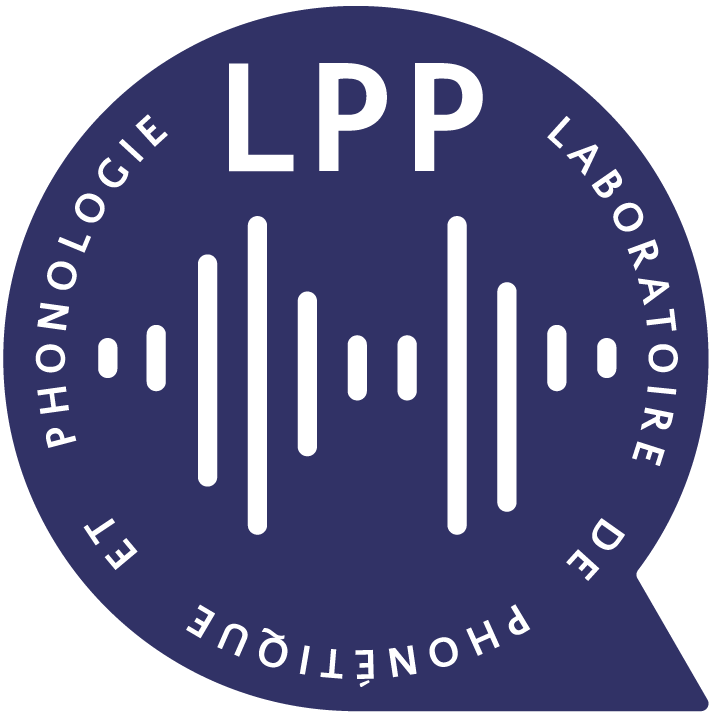Project duration :
48 months (01/01/2020 – 31/12/2023)
Partenaires :
USR 3141 (CEFAS)
UMR 8167 (Orient & Méditerranée)
UMR 5133 (Archéorient)
UMR 7018 (LPP)
UMR 6310 (LLING)
University of Leiden (University Center for Linguistics)
Université de Genève (Dpt de linguistique)
Résumé :
ALMAS is an anagrammed acronym yielding the “rabic word for ‘diamond’. It is above all an international and interdisciplinary consortium aiming at renewing the study of the living and extinct languages of South Arabia (Oman, southwestern Saudi Arabia, Yemen).
All these languages belong to the Semitic family ; they fall into the following three fields, which have up to now corresponded largely to separate academic traditions with few interconnections :
• A set of four Ancient South Arabian languages (ASA), now extinct : Sabaic, Qatabanic, Minaic, Hadramitic. They are mostly attested through written documentation from Yemen. To these should be added some unclassified and undeciphered languages and scripts. They have generally been studied by epigraphists.
• A group of six living Modern South Arabian (MSA) languages with no written tradition, all endangered : Mehri, Harsusi, Bathari, Hobyot, Jibbali, Soqotri. They are spoken in the southern Omani province of Dhofar, the eastern Yemeni province of Mahra and the Yemeni island of Soqotra. Until the late 2000s, they had aroused the interest of few linguists, in spite of their typological and comparative significance.
• A rich array of highly diversified and archaic Arabic vernaculars spoken throughout the region (South Arabian Arabic : SAA). They have mostly been studied by Arabists.
The novelty of ALMAS lies in the interdisciplinary synergy it creates in three ways :
• By cross-fertilizing synchronic and diachronic approaches to the abovementioned languages.
• By stimulating contacts between researchers of the three fields of the project ALMAS, around transversal tasks each of which touches on at least two of those fields.
• By developing complementarity between linguists from different schools and approaches. This kind of collaboration proved its efficiency in the course of the ANR project OmanSaM (ANR-13-BSH2-0001) on Modern South Arabian (2014-2017), where phonologists, syntactictians, phoneticians and Semitists shared a common fieldwork with beneficial impact for each discipline.
ALMAS will set a landmark in the domain by :
• Documenting the languages through fieldwork and create a digitally-enhanced open-access database, thus contributing to the protection and preservation of the world’s cultural heritage.
• Analyzing the data in order to reach an adequate understanding of the languages’ structures.
• Reevaluating the relationships between the languages (phylogenetic relatedness and/or language contact).


